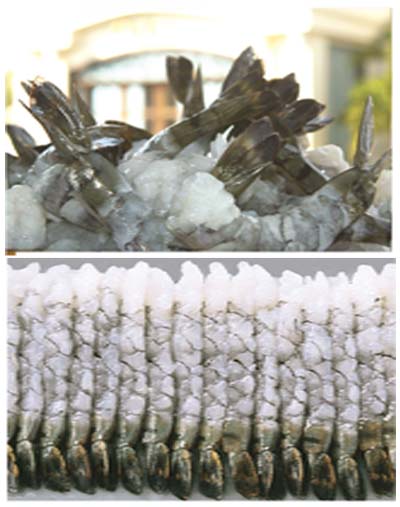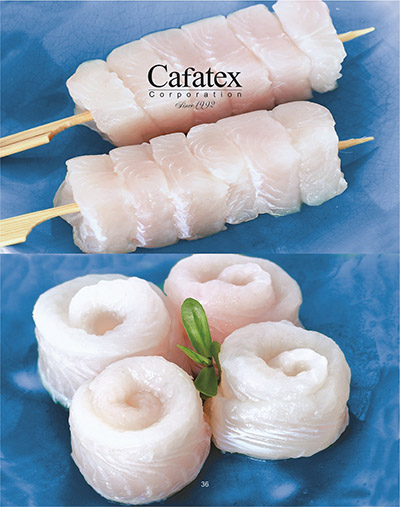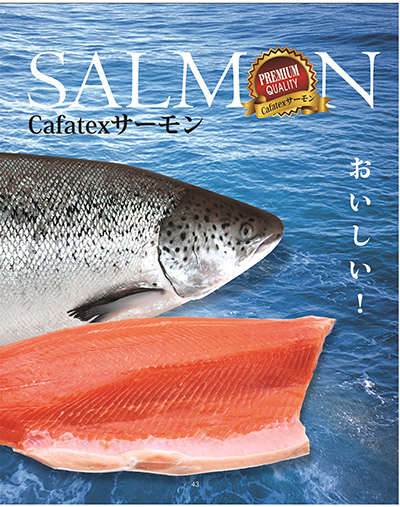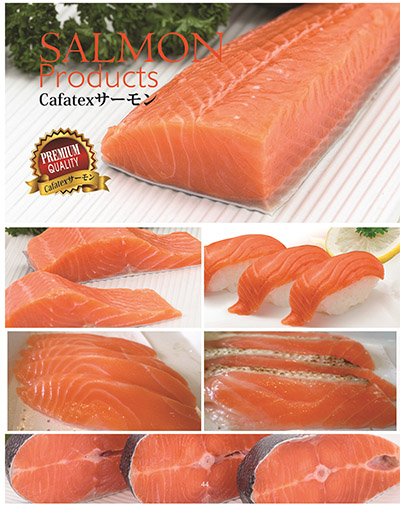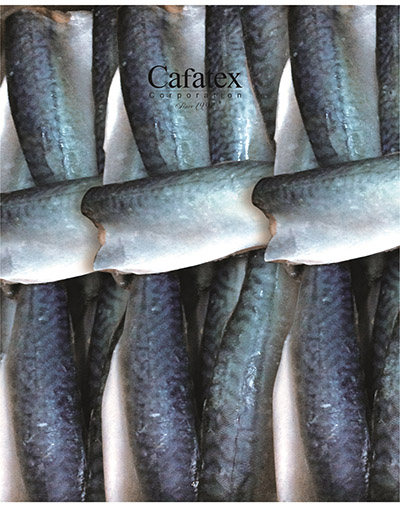
VCN – The Ministry of Industry and Trade has set the export target for the year 2017 higher than the target assigned by the National Assembly and the Government (6-7%), import surplus at a rate lower than the set target by the National Assembly and the Government (3.5% of export turn-over).
According to the report delivered by Mr. Tran Tuan Anh, Minister of Industry and Trade at the summary meeting of the Ministry of Industry and Trade on January 6th, 2017, the total export volume estimated at $US 175.9 billion, increasing by 8.6% compared to 2015. Of these, domestic traders made up the proportion of 28.4% , equivalent to $US 50.04 billion, rising by 4.8%, FDI enterprises (excluding enterprises in the field of crude oil) accounted for 70.22%, equivalent to $US 123.55 billion, increasing by 11.8% in comparison with 2015.
By contrast, the entire imports of the whole country estimated at $US 173.26 billion, increasing by 4.6% as compared to 2015, of which the domestic economic sector’s imports reached $US 71.1 billion, climbing by 4%; the FDI sector’s imports estimated at $US 102.2 billion, rising by 5.1%..
Therefore, the export surplus totaled $US 2.68 billion, making up 1.52% of the export turnover in 2016. Exports completely depended on the FDI sector when this sector exported approximately $US 21.35 billion; if calculating crude oil exportation, the FDI sector exported about $US 23.7 billion. The domestic enterprise sector’s importation estimated at $US 21.02 billion.
Although the exportation did not reach the set target of 10% but the actual rate of 8.6% could be considered as a high growth rate in comparison with the low rates of regional countries such as China, Korea, Indonesia, Singapore, Chinese Taipei, India.
Exports of 2016 noted the recovery and an active contribution to the export growth of the commodity groups of agricultural products and sea products with main items such as vegetables, sea products, pepper, cashews, coffee. So, commodities’ exports could made up for the consequences of falling prices..
In detail, impacts of growing exports actively contributed to an increase of export volume of $US 795 million meanwhile the decreasing prices of the goods group resulted in a decrease of $US 266 million out of the group’s volume.
Various vegetables of Vietnam were officially imported into numerous markets, e.g litchis, longans, bananas, mangoes, water melons, jackfruit, dragon fruit, rambutan into China’s market; lychees, mangoes into Australia; lychees, longans, dragon fruit, rambutan into the US.
Exportations continued to grow in the markets such as the US and the EU which suffered a decrease in imports in general. Despite developments of the US President Election and Brexit in the Europe, exports from Vietnam into the two biggest markets kept on growing over 10%.
Nevertheless, exports declined in the ASEAN markets in spite of the AEC establishment by the end of 2015.
“This reflected that we could not take advantages of chances. The exports to the market decreased respectively in the years 2014, 2015 and 2016 by 10.1%, 4.7% and 4.6%. Thus, it is necessary to pay attention to helping our enterprises integrate better” shared Mr. Tran Tuan Anh.
Declining prices led to a decrease in turnover
Pointing out shortcomings and difficulties in exports over the past years, Mr. Tran Tuan Anh reminded of declining prices as the first reason. The export volume of 2016 slightly increased due to the fact that the exports’ average prices came down by 1.8% as compared to the previous year, of which the fuel group fell down by 20.1%; the agricultural product group down by 3.8%.
The impact of falling prices resulted in a decrease of $US 266 million in exportation turnover of agricultural products and sea products and a declining amount of $US 947 million of fuel in 2016. That meant the total amount of export turnover of the two commodity groups declined by over $US 1.2 billion. However, if a decrease in prices was handled, the exportation volume of Vietnam rose by more than 10%.
Certain key exports of Vietnam such as textile products and leather shoes slightly accelerated. Actually, the growth rates of textile products and leather shoes were lower in 2016 (estimated at 3.3% and 7.6% respectively) and rather lower than the export growth of 2015 (9.1% and 16.3% respectively).
According to Mr. Tran Tuan Anh, 2016 witnessed difficulties of the world’s economy, so the growth rates of the two foresaid industries could not meet expectations. There might be potential difficulties to the textile industry and the leather shoes industry in 2017.
In addition to the fact that the main export markets such as the US, the EU, Japan have slightly increased imports of textile products and shoes as objective causes, Vietnam has severe competition from Cambodia, Myanmar, Mexico, China, India, Bangladesh and Indonesia.
Moreover, droughts, salinity zones, floods have negative impacts on the sources of agricultural products whereas certain items have reached the productivity and yield thresholds. This has brought about impacts on export growth.
Mr. Tran Tuan Anh was of the view that Vietnam’s economy would benefit from advantages in 2017; FDI and export turn-over were expected to grow thanks to signed FTAs’ and the taking of chances of receiving FDI that moved from certain regional countries, including China.
Nevertheless, the prices of crude oil and food are increasing, which may bring back inflation. Stabilization of the exchange and interest rates would face difficulties because the pressure of raising the value of foreign currencies would influence export activities.
Participation in the AEC and the signing and implementing FTAs would lead to various opportunities and huge challenges as well, particularly, the expanding of markets and the raising of our competition at the national and international levels.or of Vietnam Textile and Garment Group (Vinatex) ...
However, the Ministry of Industry and Trade has still set the export target higher than it was (the target assigned by the National Assembly and the Government was 6 – 7%); we would try to reach the rate of import surplus lower than the target of 3.5% of the export turnover set by the National Assembly and the Government.




